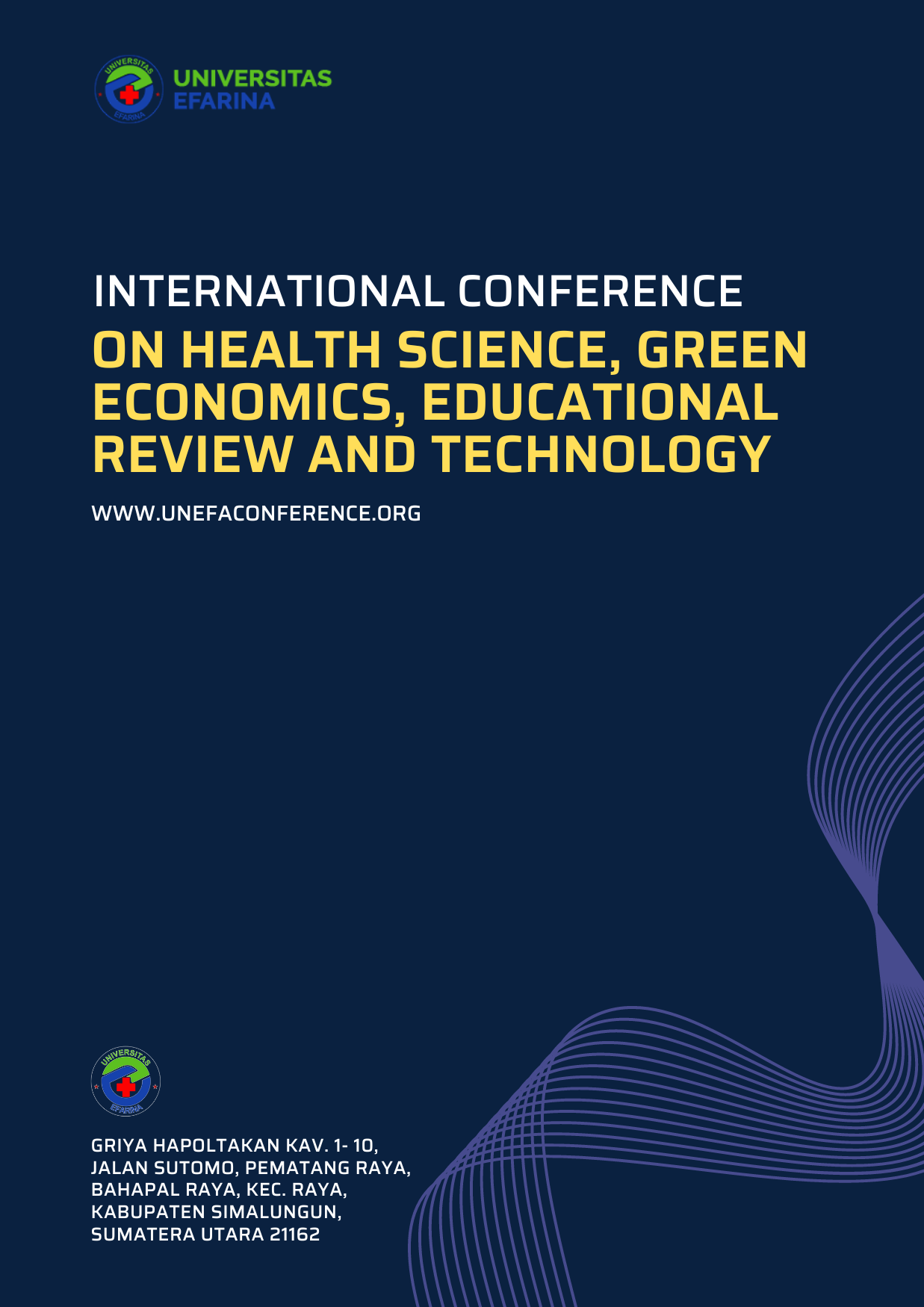BARAMULLA BECKONS: A HEAVEN FOR TRAVELERS IN JAMMU AND KASHMIR
Main Article Content
Shabir Ahmad Lone
Nusrat-ul-Islam Itoo
R. Abida Begum
Mohammad Ishaq Lone
Tourism plays a pivotal role in fostering economic growth by generating revenue, creating employment, and contributing to GDP in many nations. Known for its unparalleled natural beauty, Kashmir is famously referred to as "Heaven on Earth." Within this region, Baramulla district is distinguished by its rich array of attractions, including gurudwaras, temples, monasteries, and shrines. A key highlight is Gulmarg, located at an elevation of 2,730 meters, which serves as a major tourist draw. Originally called Gauri Marg, the name was changed in the 16th century to Gulmarg, meaning "Valley of Flowers." Other notable sites in Baramulla include the Gulmarg Biosphere Reserve, Khilanmarg, Acchabal, Gondola Lift, Tangmarg, Khilanmarg Golf Course, and Parihaspora. The tourism industry in this district holds substantial potential, providing significant economic opportunities for the local population. This analysis focuses on the district’s major tourist attractions, historical sites, and geographical landmarks, highlighting their contribution to regional tourism development.
Shah, M. A. (2013). Prospects of adventure travel and tourism in Kashmir. ZENITH International Journal of Multidisciplinary Research, 3(5), 219-232.
Rani, V., & Sharma, P. (2021) Tourism: A Gateway for Generating Employment Opportunities (A Study of State Jammu & Kashmir, India).
Sachdeva, S., & Ganai, I. A. (2018). An Evaluative study of tourism Industry in Jammu and Kashmir: A Northern state of India. American Journal of Economics and Business Management, 1(1), 1-9.
Jan, S. (2017) Satisfaction Level of Tourists in India: A Study of Kashmir Division of Jammu and Kashmir State.2312-5179, .24, 2017
Shaib, M. S. M., Gulzar, M. K. R., & Jain, M. (2018). Tourism Industry of Jammu & Kashmir-Challenges and Opportunities.
District Census Handbook Baramulla, Part A (PDF). Census of India 2011 (Report). July 2018. p. 11. Retrieved 05May 2023.
District Census Handbook Baramulla, Part B (PDF). Census of India 2011 (Report). 05 May 2020. p. 22. Retrieved 05 May 2023.
"The Jammu and Kashmir Official Languages Act, 2020" (PDF). The Gazette of India. 27 September 2021. Retrieved 05 May 2023.
"Parliament passes JK Official Languages Bill, 2020". Rising Kashmir. 23March 2020. Retrieved 05 May 2023.
"Divisions & Districts", Jammu & Kashmir Official Portal, 2012, retrieved 04 May 2023
"About District Baramulla". Archived from the original on 20 December 2016. Retrieved 05 May 2023.
The economy of Jammu & Kashmir. Radha Krishan Anand & Co., 2004. 2004. ISBN 9788188256099. Retrieved 06 May 2023. ... meaning in Sanskrit a boar's place. Foreigners who visited this place pronounced ... The place was thus named as Baramulla meaning 12 bores.
Kashmir and its people: studies in the evolution of Kashmiri society. A.P.H. Publishing Corporation. 2004. ISBN 9788176485371. Retrieved 05 May 2023.
Tom Cooper (29 October 2003), Indo-Pakistani War, 1947-1949, Air Combat Information Group, archived from the original on 13 June 2006, retrieved 06 May 2023
27 October 1947: Dakota in my dell ~ FRONTLINE KASHMIR Archived 25 April 2023 at the Wayback Machine
Statement showing the number of blocks in respect of 22 Districts of Jammu and Kashmir State including newly Created Districts Archived 10 September 2008 at the Wayback Machine dated 2008-03-13, accessed 2008-08-30
Baramula Population Census 2011, Baramula, Jammu and Kashmir literacy sex ratio and density
US Directorate of Intelligence. "Country Comparison: Population". Archived from the original on 13 June 2007. Retrieved 03 May 2023. Cyprus 1,120,489 July 2011 est.
“2010 Resident Population Data". U. S. Census Bureau. Archived from the original on 19 October 2013. Retrieved 05 May 2023. Montana 989,415
S.C. Bhatt; Gopal Bhargava (2005). Land and People of Indian States and Union Territories. ISBN 9788178353562. Retrieved 08 May 2023.
Jarudi, I. (2002). The people of Kashmir. MURJ, 6(21), 21-24.
Lone, S. A., & Ravi, E. (2024). AN EXAMINATION OF THE OBSTACLES WITH STANDING THE INDIAN STATE OF JAMMU AND KASHMIR’S TOURISM INDUSTRY. MORFAI JOURNAL, 3(4), 928-933.
Lone, S. A., & Ravi, E. (2023). TOURISM INDUSTRY OF JAMMU & KASHMIR–CHALLENGES AND OPPORTUNITIES. International Journal of Economic, Business, Accounting, Agriculture Management and Sharia Administration (IJEBAS), 3(5), 1434-1437.
Shaib, M. S. M., Gulzar, M. K. R., & Jain, M. (2018). Tourism Industry of Jammu & Kashmir-Challenges and Opportunities.
Bamzai, P. N. K. (1994). Culture and political history of Kashmir (Vol. 2). MD Publications Pvt. Ltd..
ShafiMahmuda, “Tourism Dynamics in a Developing Economy” Gulshan Publishers, Srinagar, 1994, p. 98.
N.A. Mirza, “Management of Tourism in Jammu and Kashmir” Dilpreet Publishing House, New Delhi, 2000, p. 49.
P.A. Koul, “Geography of the Jammu and Kashmir State” Light & Life Publishers, New Delhi, 1913, p. 20
Lone, S. A., & Kalaiselvi, A. (2023). Cultural Transmission Through Tourism in the Valley of Kashmir.
SHABIR AHMAD LONE, & E. RAVI (2024). TOURIST TRAP IN SRINAGAR KASHMIR: A MENACE OR A BLESSING., Library Progress International Vol.44 No.3, Jul-Dec 2024: P. 25271-25277
Lone, S. A. (2024). HISTORICAL LEGACY OF TOURISM IN KASHMIR VALLEY WITH SPECIAL REFERENCE TO DOGRA PERIOD. Journal of International Islamic Law, Human Right and Public Policy, 2(2), 453-456.
Lone, S. A., Raina, P., Lone, M. I., & Ravi, E. (2024). MARTAND SUN TEMPLE OF KASHMIR VALLEY THROUGH THE AGES. Journal of International Islamic Law, Human Right and Public Policy, 2(3), 763-766.
Lone, S. A. (2022). Art and Architecture of Ancient Kashmir During Karkota Dynasty with Special Reference to Lalitaditya Muktapida (724-761 AD). Journal of Psychology and Political Science (JPPS) ISSN, 2799-1024.




